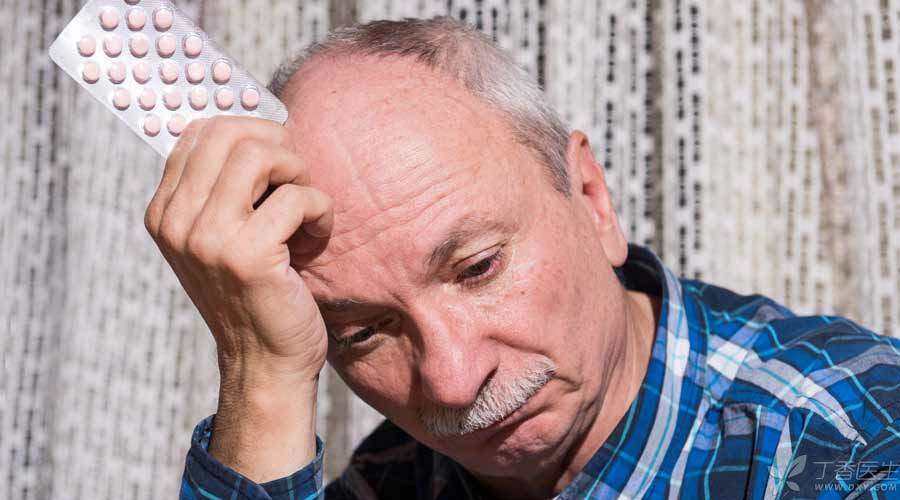
Uric acid reduction therapy can be called a milestone in the management of chronic gout. Effective control of uric acid levels can reduce the risk of acute gout attacks.
However, in the initial stage of starting uric acid reduction treatment, the onset of acute gout tends to increase, resulting in some patients stopping drugs without authorization due to fear of pain or conscious ineffective treatment. However, this is not the case. Let’s look at the following:
Why can gout attack occur in the process of reducing uric acid?
We know that excessive uric acid load in the body will cause uric acid crystals to deposit around joints, thus causing the onset of acute or chronic gouty arthritis.
Let’s make an analogy: we compare uric acid crystals deposited around joints to icebergs.
After using uric acid-lowering drugs, the concentration of uric acid in blood will decrease. At this time, it is equivalent to the gradual decrease of ice cubes in seawater, and the iceberg will begin to melt or disintegrate.
Such changes will cause changes in the physical and chemical environment around joints, thus leading to the onset of acute arthritis.
Therefore, the occurrence of gout attacks in uric acid reduction therapy is not due to ineffective treatment, on the contrary, it is due to excessive fluctuation of blood uric acid concentration caused by significant curative effect.

Recurrence of gout during uric acid reduction
Many patients may worry about whether gout will relapse in the process of lowering uric acid.
At present, there is no large amount of research data to tell us an exact percentage, but clinical observation shows that the probability of recurrence is generally higher within 1 month after starting treatment.
Because the fluctuation of uric acid is the largest in this period of time, and gout recurrence may occur due to the fluctuation of uric acid during the whole period of uric acid reduction.
What should I do when gout recurs?
In order to avoid gout recurrence, the preventive drugs recommended by the Gout Treatment Guidelines of the American Rheumatology Association are:
- Colchicine 0.5 mg twice a day; Or small doses of non-steroidal anti-inflammatory analgesics (NSAIDs), such as naproxen 250 mg twice a day.
If colchicine (such as gastrointestinal adverse reactions) or NSAIDs cannot be tolerated, or there are taboos in use, or the efficacy of these two drugs is not good, a small dose of glucocorticoid (prednisone < 10 mg/day) can be used.
How long does it take to prevent drugs?
The authoritative guidelines recommend the following:
- Prevention for at least 6 months; Patients without tophus will continue to be prevented for 3 months after the blood uric acid reaches the standard. Patients with tophus will continue to be prevented for 6 months after the blood uric acid reaches the standard.
However, if we are so strict clinically, most patients may not be able to stick to it, so for patients with signs of gout recurrence, the above drugs can be used to control and gradually stop using after the pain is relieved.
However, special attention should be paid to:
Never stop using uric acid lowering drugs casually!
Unauthorized withdrawal of drugs is not only not helpful to the disease, but may bring more harm. The essence of gout is also a chronic disease. We must be prepared for a long-term [struggle]. We must not rush for success in treatment. We must persist in taking drugs and regularly review them.
